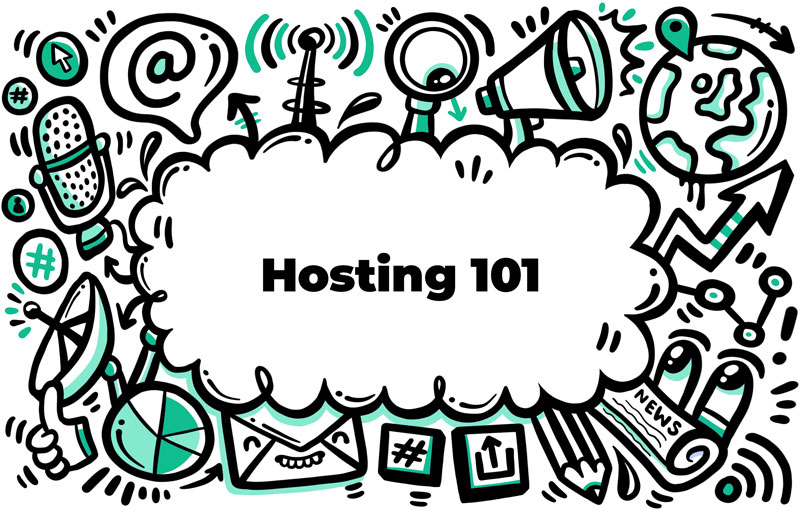The Importance of Control Panels for Web Hosting
In the ever-evolving world of web hosting, businesses need a reliable and user-friendly solution for managing their websites. Enter control panels like cPanel and Plesk have revolutionised how we manage our web hosting. These control panels make it easy for users without technical expertise to handle their website’s back-end tasks. This informative blog post will explore how to use these control panels to manage your web hosting effectively.
Getting Started with cPanel and Plesk
First, you need to select a web hosting provider that offers cPanel or Plesk as part of their service. Once you have signed up for a web hosting plan, you can access the control panel using the login credentials provided by your hosting provider.
cPanel: This popular Linux-based control panel offers a user-friendly interface for managing your website, email accounts, databases, and more. You can access cPanel by adding “/cpanel” to your domain name in the browser address bar (e.g., www.yourdomain.com/cpanel).
Plesk: Plesk is a cross-platform control panel that supports both Windows and Linux environments. Like cPanel, it offers a range of features for managing your website, email, and databases. Access Plesk by adding “/plesk” to your domain name (e.g., www.yourdomain.com/plesk).
Key Features of cPanel and Plesk for Managing Web Hosting
Both cPanel and Plesk offer a range of features to help you manage your web hosting efficiently. Here are some key features you should be familiar with:
File Manager: Easily upload, download, edit, and manage your website files through the file manager. You can also create and extract archives, change file permissions, and more.
Email Management: Set up and manage email accounts associated with your domain, configure email forwarding, create autoresponders, and manage spam filters.
Database Management: Create, modify, and delete MySQL or PostgreSQL databases, manage database users, and import/export database files.
Domain Management: Add and manage multiple domains, subdomains, and domain aliases, as well as configure DNS settings.
Security Features: Secure your website with SSL certificates, manage SSH keys, configure IP blockers, and monitor your site for potential security issues.
Backups: Schedule regular backups of your website files and databases to ensure data recovery in case of unforeseen issues.
Web Applications: Install and manage popular web applications, such as WordPress or Joomla, through a one-click installer.
You can effectively manage your web hosting with control panels like cPanel and Plesk by mastering these essential features.



